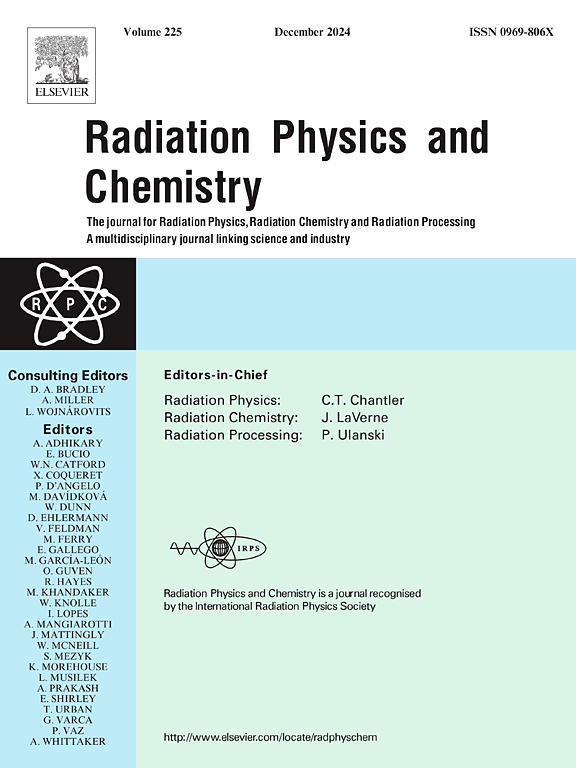甘蔗甘蔗渣衍生活性炭/LiFePO4复合纳米结构在锂离子电池中的应用
IF 2.8
3区 物理与天体物理
Q3 CHEMISTRY, PHYSICAL
引用次数: 0
摘要
采用溶胶-凝胶法制备了甘蔗甘蔗渣活性炭/磷酸铁锂复合纳米结构(SBAC/LiFePO4),该材料在锂离子电池中具有潜在的应用前景。选择甘蔗渣作为活性炭的原料是为了减轻其燃烧造成的环境污染,这一做法遭到了越来越多的公众的反对。所有制备的样品均呈Fe2+氧化态的正交结构。在800℃下碳化的样品显示出最大比容量为123 mAh·g-1(约为理论比容量的72%),容量保留率为80%。100次循环后的最低容量损失(20%)表明其具有优异的循环稳定性。优异的电化学性能是由于其高结晶度、较大的颗粒和晶体尺寸、较低的ID/IG和较大的表面积。该复合材料具有较高的电化学性能和较低的成本,适合用于锂离子电池。本文章由计算机程序翻译,如有差异,请以英文原文为准。
Sugarcane bagasse-derived activated Carbon/LiFePO4 composite nanostructures for lithium-ion battery applications
A composite nanostructure of sugarcane bagasse-derived activated carbon/lithium iron phosphate (SBAC/LiFePO4) was fabricated using the sol-gel method for potential application in lithium-ion batteries. Sugarcane bagasse (SB) was selected as the raw material for activated carbon to mitigate environmental pollution caused by its burning, a practice facing growing public opposition. All prepared samples showed an orthorhombic structure with a Fe2+ oxidation state. The sample carbonized at 800 °C showed a maximum specific capacity of 123 mAh·g−1 (∼72 % of the theoretical specific capacity) with a capacity retention of 80 %. The lowest capacity loss (20 %) after 100 cycles indicates its excellent cycling stability. The superior electrochemical performance is attributed to its high crystallinity percentage, larger particle and crystalline sizes, lower ID/IG, and increased surface area. The high electrochemical performance and low cost of this composite material suggest its suitability for use in lithium-ion batteries.
求助全文
通过发布文献求助,成功后即可免费获取论文全文。
去求助
来源期刊

Radiation Physics and Chemistry
化学-核科学技术
CiteScore
5.60
自引率
17.20%
发文量
574
审稿时长
12 weeks
期刊介绍:
Radiation Physics and Chemistry is a multidisciplinary journal that provides a medium for publication of substantial and original papers, reviews, and short communications which focus on research and developments involving ionizing radiation in radiation physics, radiation chemistry and radiation processing.
The journal aims to publish papers with significance to an international audience, containing substantial novelty and scientific impact. The Editors reserve the rights to reject, with or without external review, papers that do not meet these criteria. This could include papers that are very similar to previous publications, only with changed target substrates, employed materials, analyzed sites and experimental methods, report results without presenting new insights and/or hypothesis testing, or do not focus on the radiation effects.
 求助内容:
求助内容: 应助结果提醒方式:
应助结果提醒方式:


